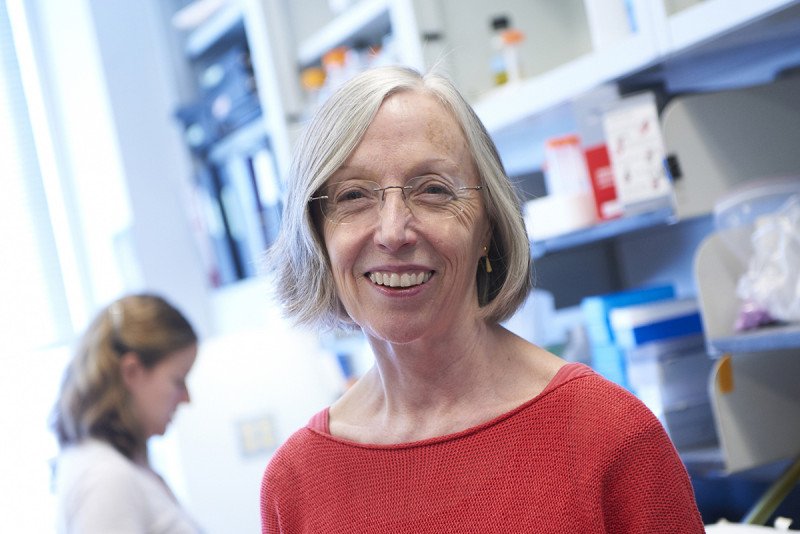
Kathryn Anderson was once asked to explain why she wanted to be a developmental biologist, and she answered with a poem:
Beautiful embryos
Full of life and mysteries
You and I can solve
Dr. Anderson’s sense of wonder about the beauty of embryos began when she was in eighth grade and read a Life magazine story on human development featuring detailed pictures of a human fetus. “That really captured my imagination,” she said years later.
Dr. Anderson was a luminary in the world of developmental biology. She joined Memorial Sloan Kettering in 1996 and became the founding Chair of the Sloan Kettering Institute’s Developmental Biology Program when it was created in 2002. The program is known as one of the best in the world. It is also a model for gender equity in the sciences.
A Devotion to Mentoring
This giant in the field was also affectionately known for her quiet but penetrating demeanor, slight physical but colossal intellectual stature, generosity of spirit, and total devotion to mentoring young scientists.
“Most senior principal investigators spend a lot of time in their offices, but Kathryn was always in her lab, working side by side with everyone else,” says SKI developmental biologist Danwei Huangfu, who earned her PhD in Dr. Anderson’s lab. “At the time, as a student, I didn’t realize how unusual that was. It provided a lot of time for informal discussions.”
As a scientist, Dr. Anderson was best known for pioneering the use of a tool called forward genetics, used to understand how genes and their mutations affect growing embryos. Her study of fruit flies and mice made important contributions to understanding the genetic pathways of early development. Guided by the mutations that she observed, she explored many genes that are connected to birth defects and cancer.
Dr. Anderson received many awards throughout her distinguished career, including election to the National Academy of Sciences and the National Academy of Medicine. Other prestigious honors included the Thomas Hunt Morgan Medal and the Society for Developmental Biology’s Edwin G. Conklin Medal. She also held the Enid A. Haupt Chair in Developmental Biology at MSK.
Leading the Way for Women in Science
For several years, Dr. Anderson was the only woman to lead a program within SKI. “To this day, the program is more than half women,” Dr. Huangfu notes. “It’s not deliberate, because when she recruited new people, her focus was on finding those who were doing the very best, most important science. But she created an environment in which women scientists could flourish.”
“Kathryn was principled, focused, and an avid observer — of both embryos and people,” says Kat Hadjantonakis, who was the first person recruited to join the Developmental Biology Program and became Chair when Dr. Anderson stepped down in 2019. “Her insights were usually one step ahead of anyone else.”
“Despite being from the West Coast, Kathryn became a consummate New Yorker,” Dr. Hadjantonakis adds. “When she wasn’t in the lab, she partook in much of what New York has to offer. She was an avid fan of the arts, played the harpsichord and piano, and enjoyed going to the theater and listening to music ranging from contemporary to classical.”
Dr. Anderson was a deep thinker with an easy smile and eyes that lit up when describing her work. She died at her home on November 30, 2020, at the age of 68. She is survived by her husband, Timothy Bestor, a professor of genetics and development at Columbia University.







